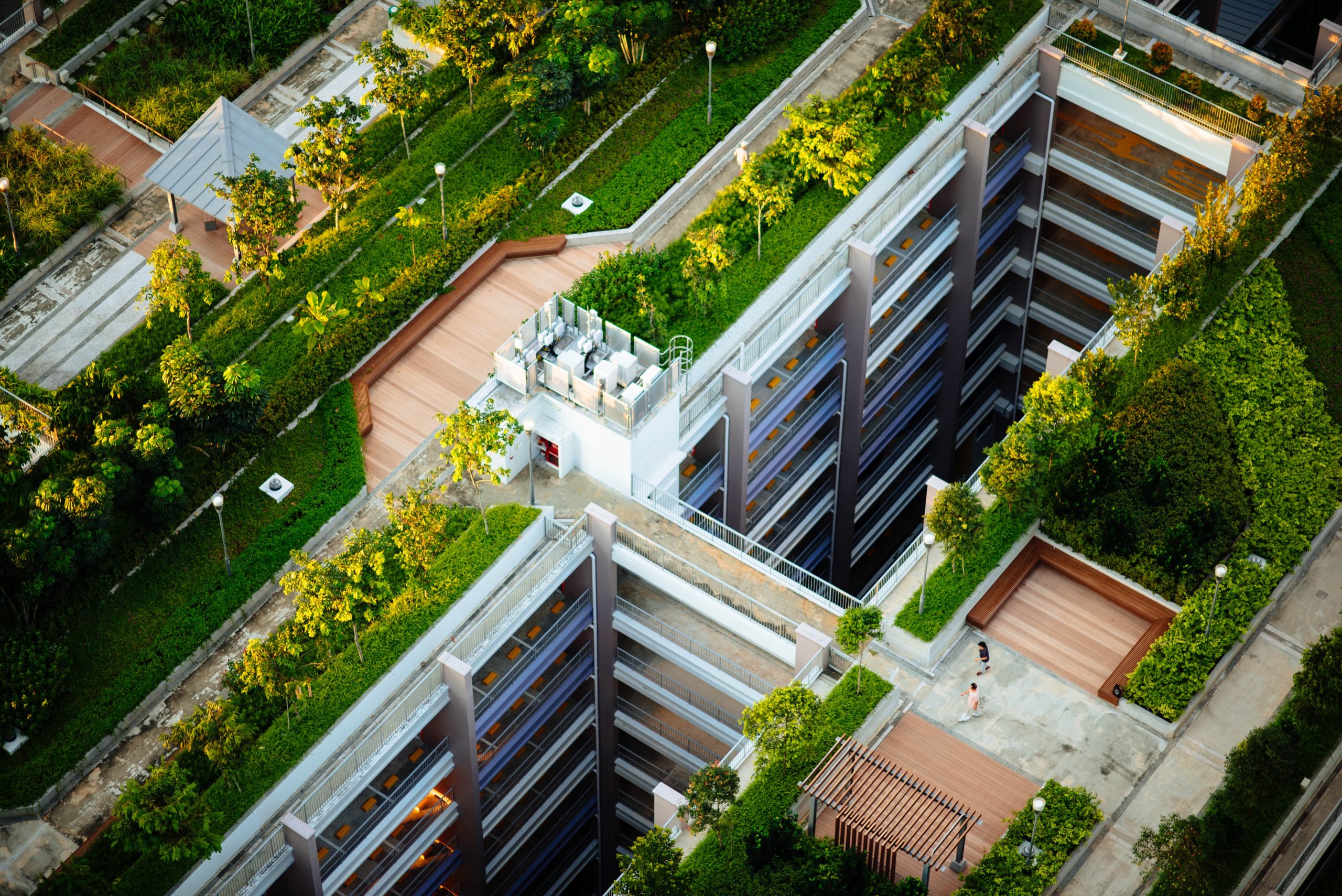Do We Really Need More Parks?
I look forward to the opportunity to lie on the lawn in the sun or chat with friends in the shade, even though there aren’t many sunny days in the UK. But recently, chatting to a friend, I mentioned that if we could expand our ‘urban green space’, what would my thoughts be? This got me thinking – how do you balance the needs of all parties when building urban green spaces?
Green spaces are not just about ‘ looking good’
Many people think green spaces are just a few more parks, but Bowler (2010) researched, the role of urban green spaces goes far beyond that – they can reduce summer heat, decrease air pollution, and even alleviate anxiety and depression. There is a “20-minute park effect” related to research results that show that people can stay in the park for 20 minutes a day to improve their state of mind (Yuen and Jenkins, 2019). I have personally experienced that during exam week, when there is a lot of pressure, taking a walk by the campus lake can improve my mood.
But the problem is that many cities’ green space planning is unreasonable. In Newcastle, I found that some remote worker communities have almost no parks, and residents can only go for walks by the roadside where cars come and go. This ‘ green inequality ‘actually exacerbates social division.
Don’t let green spaces become mere decorations
Another issue is that many green spaces are designed to be flashy but impractical. Wolch et al. (2014) suggested that good green spaces should balance leisure, ecological, and social functions. But in reality, many parks have only lawns and stone-paved roads, which are not suitable for picnics or sunshades, making it impossible to stay in the sun during the summer.
Reflection: What kind of green space do we need?
Instead of blindly pursuing ‘Per capita green area’, it is better to think about how to make existing green spaces more practical and fair. For example:
- Community Garden: Allowing residents to grow their own vegetables and flowers can not only green the environment but also promote neighborly communication.
- Roof greening: Planting plants on the roofs of high-rise buildings can reduce temperature without occupying ground space ( figure 1).
- Multi functional design: Adding charging sockets, free WiFi, and night lighting in the park, making young people willing to come.

Figure 1: Innovative Ways to Create More Urban Green Spaces – Project Learning Tree
Ultimately, urban greening should not be a political achievement project, but should truly benefit everyone.
Reference list
Bowler D. E., (2010) ‘Landscape and Urban Planning’. ScienceDirect, Volume 97, Issue 3, 15 September 2010, Pages 147-155.
Wolch, J. R., Byrne, J., and Newell, J. P. (2014) ‘Urban green space, public health, and environmental justice: The challenge of making cities ‘just green enough’’. Landscape and Urban Planning, 125, Pages 234-244.
Yuen, H. K. and Jenkins, G. R. (2019). ‘Factors associated with changes in subjective well-being immediately after urban park visit’ , International Journal of Environmental Health Research, 30(2), pp. 134–145.




This post really interested me, especially the idea of “green inequality”. I hadn’t previously thought about how unequal access to green space is and how this can worsen social divides. Your use of Newcastle as an example made this clear. I also appreciated how this piece does not just criticize the current green inequality, but you also offer constructive solutions to the issue like rooftop greening and multifunctional parks.
I think it’s so important to mention that green spaces are not just aesthetic but serve the community both socially and ecologically. I have personally felt the impact of the “20-minute park effect” that you mentioned. During high-stress periods, I have found a simple walk in nature so valuable in resetting my mood and uplifting me. It’s upsetting to think that this access is considered a luxury in some urban settings.
Another idea in your blog that sparked my interest was about how green spaces could benefit cultural needs. In some urban settings, outdoor gathering spaces need to be large enough for events or large gatherings. This is particularly valuable for individuals without their own gardens. I wonder if participatory planning could help planners and urban designers better include local voices in green space design.
Thanks for writing this piece! It really made me value the green space I have access to.
This blog starts with a simple question, ‘Do we really need more parks?’, This leads to an in-depth reflection on urban green spaces, with both practical observations and theoretical underpinnings. The authors point out that urban green spaces do not just ‘look nice’, but play an important role in regulating the climate, improving air quality and promoting mental health. As Bowler (2010) argues, the value of green spaces goes beyond visual aesthetics; they should be part of the urban ecosystem. And the “20-minute park effect” (Yuen and Jenkins, 2019) reminds us that even a brief encounter with nature can significantly improve people’s mood.
The blog’s focus on ‘green inequality’ is particularly poignant. In some marginal neighbourhoods, residents have difficulty in enjoying high-quality green space and have to walk along streets with heavy traffic. This imbalance in the distribution of resources, as the author says, will invariably exacerbate social division. It is worth reflecting on whether we have neglected accessibility and equity in our pursuit of ‘Per capita green area’.
I particularly appreciate the author’s suggestions, such as community gardens, multi-functional design and rooftop greening, which are not only feasible, but also closer to the urban reality. Ideally, green spaces should be accessible, stayable and actively used. Instead of building more parks, we should build better green spaces.
Bowler D. E., (2010) ‘Landscape and Urban Planning’. ScienceDirect, Volume 97, Issue 3, 15 September 2010, Pages 147-155.
Yuen, H. K. and Jenkins, G. R. (2019). ‘Factors associated with changes in subjective well-being immediately after urban park visit’ , International Journal of Environmental Health Research, 30(2), pp. 134–145.